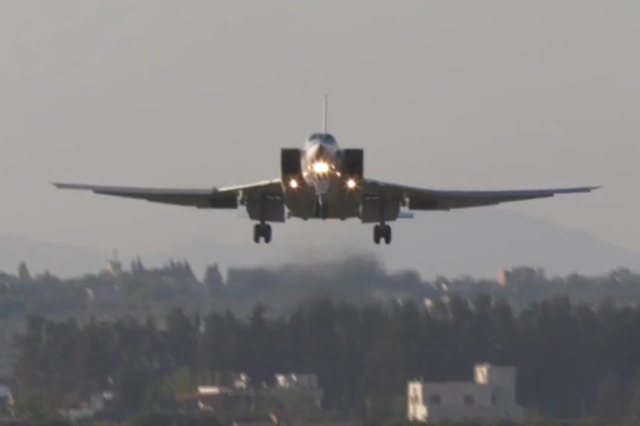The Tu-22M3 long-range bombers, which were relocated to the Russian Hmeimim air base in Syria earlier this week, conducted their first flights. According to the Russian Defense Ministry, the crews of the Tupolevs have begun to perform tasks to develop the airspace over the Mediterranean Sea.
Such raids have their own characteristics. First of all, they are related to maintaining a given route. When the sea stretches for tens of kilometers under the wing of an airplane, it is mostly necessary to navigate in the air by on-board instruments. Naval aviation pilots are taught this from the cadet bench. Long-range aviation pilots also possess such skills.
Do not forget that the same Tu-22M3 can climb to an altitude of more than 13 thousand meters and go along a route of almost 7 thousand kilometers at a speed of up to 2300 km per hour. Finding landmarks at this altitude and at this speed is difficult even on the ground. What can we say about the sea. And then the "smart" navigation equipment comes to the aid of the crew. Of course, it will not replace the pilots. But it will always tell the pilots the right way and warn them about deviations from the specified route.
Now it helps the crews of Russian long-range bombers to master the sky over the Mediterranean. It is clear that this is not an end in itself. The skills of piloting and combat use of the Tu-22M3 in this region are necessary for pilots to solve specific tasks.
Given that the Russian Navy's operational unit is located in the Mediterranean Sea on a rotational basis, it is possible that long-range aviation may be involved in air patrols in its area of responsibility.
Yuri Gavrilov

